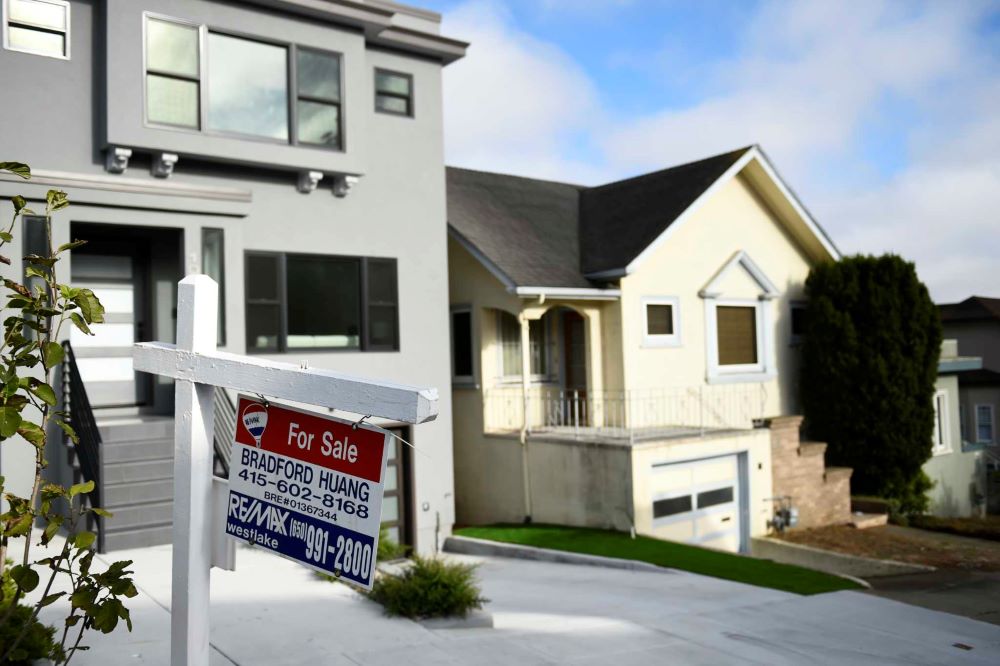In a surprising turn, the US Pending Home Sales Index for May dropped to its lowest point on record. Elevated mortgage rates and soaring home prices have dissuaded many potential buyers. The National Association of Realtors (NAR) reported Thursday that their measure of contract signings fell by 2.1% to 70.8. The lowest figure since the data series began in 2001. Economists surveyed by Bloomberg had anticipated a modest 0.5% increase.
Market Dynamics and Expert Insights
NAR Chief Economist Lawrence Yun commented on the current state of the market, stating, “The market is at an interesting point with rising inventory and lower demand. Supply and demand movements suggest easing home price appreciation in upcoming months. Inevitably, more inventory in a job-creating economy will lead to greater home buying, especially when mortgage rates descend.”
Home sales have stagnated around an annualized 4 million for over a year, partly due to the “lock-in effect.” This phenomenon occurs when current homeowners, benefiting from lower mortgage rates, are reluctant to list their properties and transition to new ones with higher rates.
Impact of High Prices
Prospective buyers are put off by elevated selling prices, which hit a record average of $419,300 in May. Despite these high prices, the market is gradually seeing an increase in listings. Yun noted during a call with reporters that existing home supply has increased by over 18% compared to last year. “Let’s wait to see if this leads to more home sales,” he added.

Economists Predict Decline in Weekly Jobless Claims
Economists surveyed by FactSet are forecasting that 235,500 initial unemployment applications were submitted for the week ending…
Mortgage Rates and Federal Reserve
A sustained decline in borrowing costs could bolster home sales. Currently, the average 30-year fixed mortgage rate hovers around 7%, more than double the rate at the end of 2021. Although there were hopes that the Federal Reserve would soon reduce interest rates, persistent inflation above the Fed’s 2% target has limited their ability to do so. The Fed has projected just one rate cut this year, down from the three cuts expected in March.
Regional Variations in Pending Sales
The May data showed slight increases in contract signings for previously owned homes in the Northeast and West. However, the pending sales indexes for the South and Midwest each fell to their lowest levels since 2010.
Leading Indicator
The pending-sales figures are often viewed as a leading indicator for future sales of previously owned homes, as homes typically go under contract one to two months before the sales are finalized. This decline signals potential challenges ahead for the housing market, which continues to grapple with high costs and fluctuating demand.
The historic low in the US Pending Home Sales Index highlights the significant impact of elevated mortgage rates and high home prices on the housing market. While rising inventory and potential rate cuts may offer some relief, the overall market remains in a delicate balance. Prospective buyers and sellers alike are navigating a complex landscape, influenced by economic conditions and Federal Reserve policies. As the year progresses. These factors will be critical in shaping the future trajectory of home sales in the United States.
Engage in an all-encompassing financial journey with joint subscriptions to The WSJ and Barron’s. Delight in The WSJ Printed Version for 52 weeks, spanning Monday through Saturday, accompanied by continuous digital entry. Augment your comprehension with Barron’s Printed Edition, featuring weekly home delivery and full online entry. Stay well-informed and empowered – enlist for The WSJ and Barron’s today!

